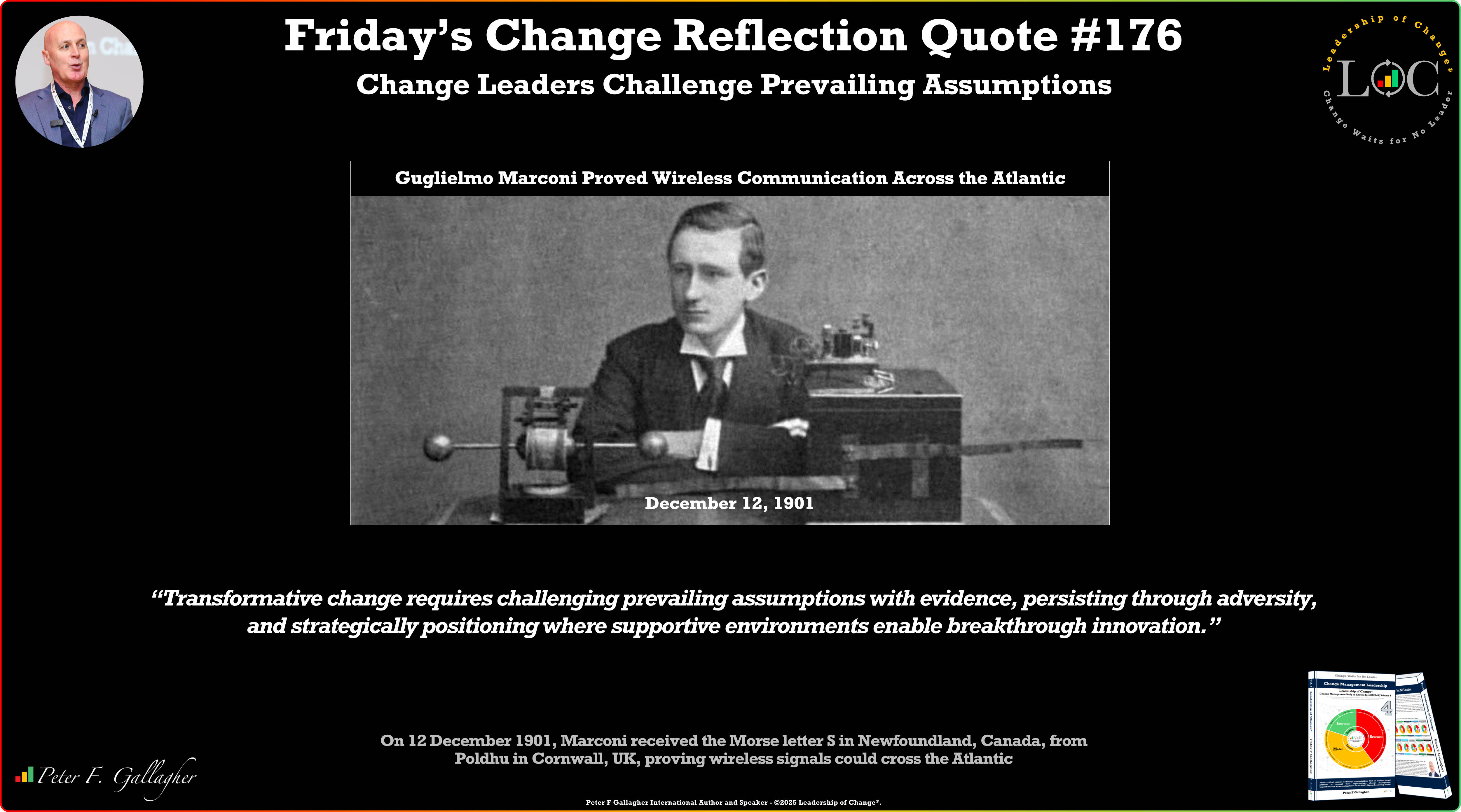Apr12

Introduction
A successful business model is a cornerstone of any thriving organization. It outlines the company's value proposition, target market, and revenue streams while establishing a competitive advantage. However, not all businesses have nailed this crucial aspect, and some have faced catastrophic consequences. This article examines the cases of notable companies that failed due to poor business model design, offering valuable lessons for entrepreneurs and business leaders alike.
Once a pioneer in the photography industry, Kodak's downfall came when it failed to adapt to the digital revolution. Despite inventing the first digital camera in 1975, Kodak held on to its film-based business model, fearing that embracing digital would cannibalize its traditional sales.
Kodak's management neglected to acknowledge that the market was shifting rapidly, with digital cameras becoming more affordable and smartphones integrating cameras, ultimately making film obsolete. When Kodak tried to enter the digital market, it was too late. Competitors like Sony, Canon, and Nikon had already secured their positions, and Kodak filed for bankruptcy in 2012.
Lesson: Adapt to market changes and embrace innovation, or risk being left behind.
Blockbuster was once the go-to place for renting movies and video games, boasting over 9,000 stores at its peak in 2004. However, the company's brick-and-mortar model began to falter with the rise of digital streaming services like Netflix, Hulu, and Amazon Prime Video.
Blockbuster's management failed to recognize the potential of streaming services and online rentals, even declining an offer to purchase Netflix for $50 million in 2000. As streaming platforms gained traction, Blockbuster's relevance waned, and the company filed for bankruptcy in 2010.
Lesson: Stay attuned to industry trends and potential disruptors, as they may pose existential threats to your business model.
Sears was once a dominant force in American retail, known for its vast product offerings and innovative mail-order catalogues. However, the company's decline began when it failed to adapt to the digital age and the rise of e-commerce.
Sears' management was slow to invest in a robust online presence. The company's website lacked the user-friendly interface and extensive product selection offered by competitors like Amazon and Walmart. As online shopping became increasingly popular, Sears' market share dwindled. The company filed for bankruptcy in 2018.
Lesson: Embrace technological advancements and adjust your business model to stay relevant in a rapidly evolving marketplace.
BlackBerry was once synonymous with smartphones, particularly among professionals who valued the devices for their physical keyboards and robust security features. However, the company's market dominance was short-lived, as it failed to keep pace with innovations in the smartphone industry.
BlackBerry's management insisted on maintaining its proprietary operating system and hardware, even as the industry shifted towards open-source platforms like Android. This inflexibility hindered BlackBerry's ability to compete with more versatile and innovative offerings from Apple and Samsung. The company's market share plummeted, and BlackBerry was ultimately forced to exit the smartphone market.
Lesson: Be flexible and responsive to changes in your industry, or risk becoming obsolete.
Conclusion
These cautionary tales illustrate the importance of a well-designed and adaptable business model. Companies that fail to embrace change, recognize industry trends and innovate risk being left behind by their more agile competitors. Business leaders must continually assess and refine their business models to avoid a similar fate, ensuring they remain relevant and competitive in a constantly evolving landscape.
By Andrew Constable MBA, XPP, BSMP
Keywords: Business Strategy, Design Thinking, Innovation
 Data Isn’t the Problem. Alignment Is.
Data Isn’t the Problem. Alignment Is. Friday’s Change Reflection Quote - Leadership of Change - Change Leaders Challenge Prevailing Assumptions
Friday’s Change Reflection Quote - Leadership of Change - Change Leaders Challenge Prevailing Assumptions The Corix Partners Friday Reading List - December 12, 2025
The Corix Partners Friday Reading List - December 12, 2025 Measuring the True ROI of Automated Claims Processes: Beyond Speed and Cost
Measuring the True ROI of Automated Claims Processes: Beyond Speed and Cost The New Silicon Frontier: Specialization and the Diverse Landscape of AI Chips
The New Silicon Frontier: Specialization and the Diverse Landscape of AI Chips